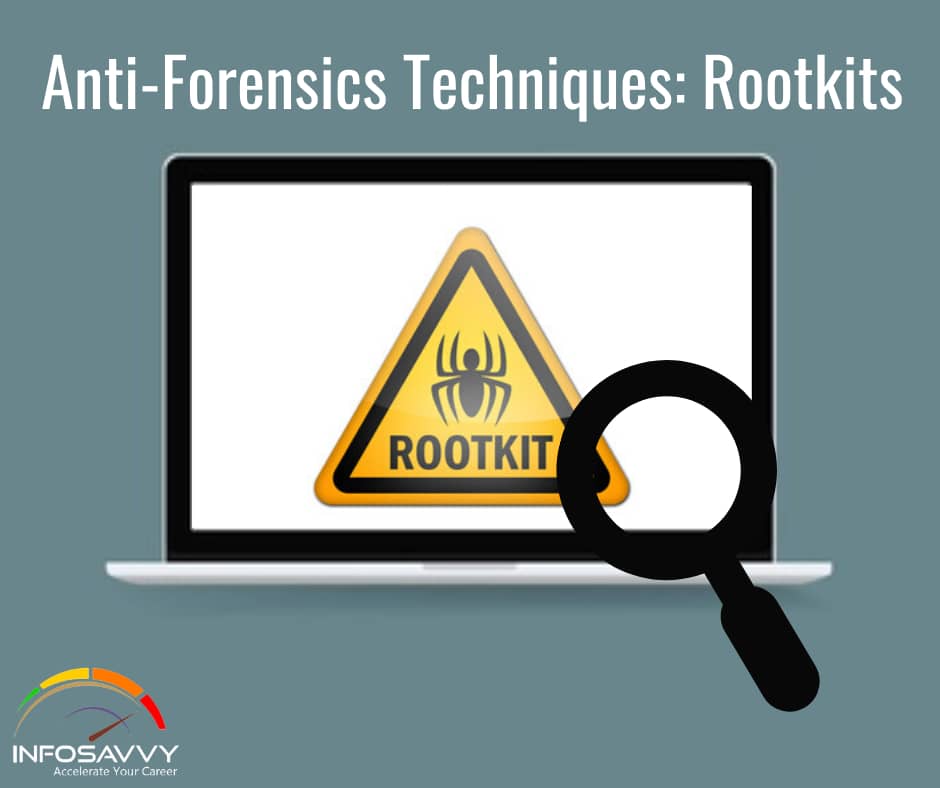Annie, a cloud security engineer, uses the Docker architecture to employ a client/server model in the application she is working on. She utilizes a component that can process API requests and handle various Docker objects, such as containers, volumes, images, and networks. What is the component of the Docker architecture used by Annie in the above scenario?
Annie, a cloud security engineer, uses the Docker architecture to employ a client/server model in the application she is working on. She utilizes a component that can process API requests and handle various Docker objects, such as containers, volumes, images, and networks. What is the component of the Docker architecture used by Annie in the above scenario? Option 1 : Docker daemon Option 2 : Docker client Option 3 : Docker objects Option 4 : …






